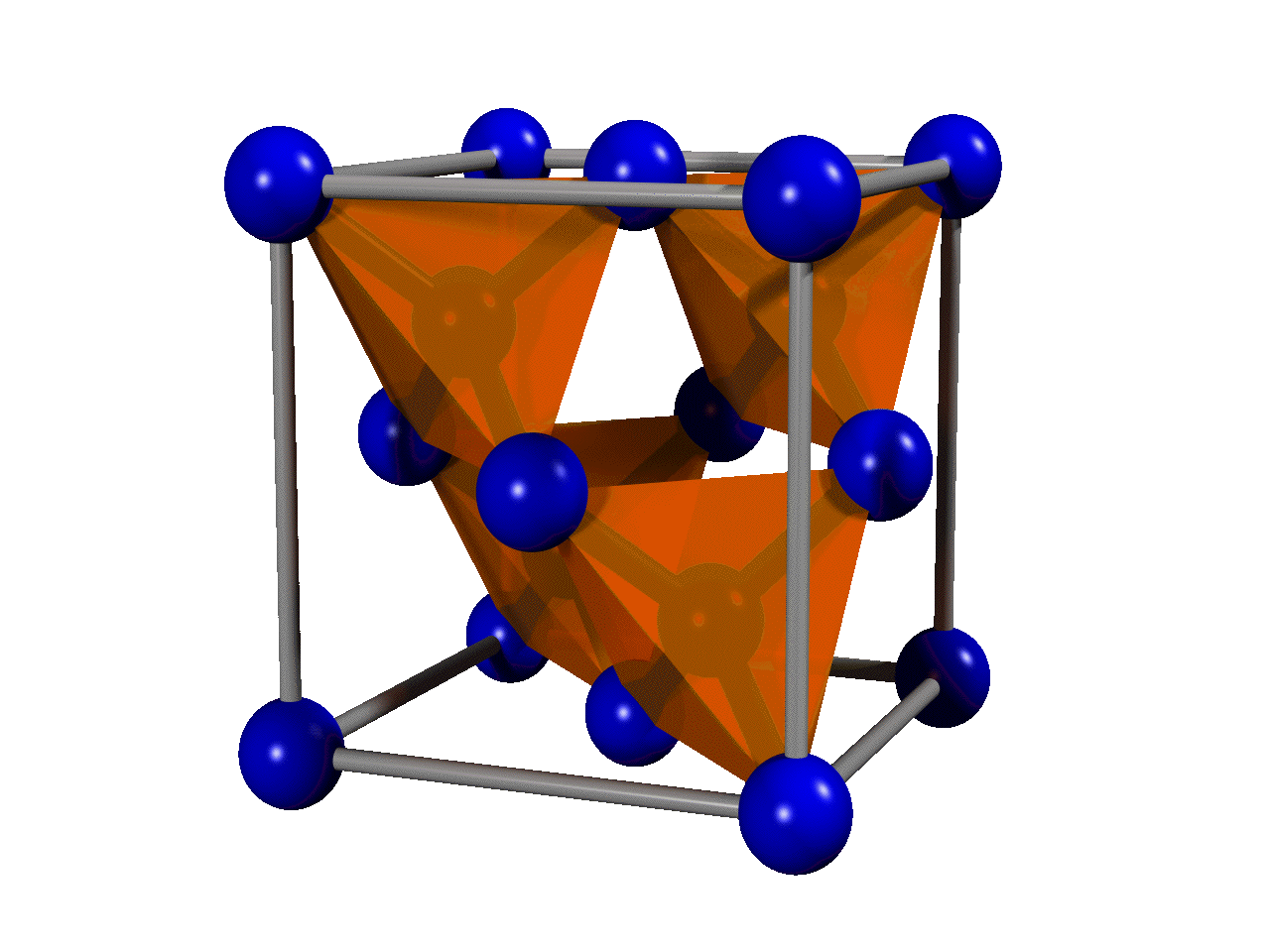Carbon is a key material in nanotechnology.
Carbon plays a vital role in nanotechnology. The compounds between extremely long and complicated molecules are easy to make between carbon atoms. Things like graphene can use in base layers. Researchers can use that material in nanomachine trunks. Along with fullerene nanotubes, those structures can form nano-size legos. The fullerene nanotubes and fullerene balls can use as axles and joints of nano-size robots.
Graphene is an ultimate material, and if self-growing 2D graphene crystals are possible to create, that makes a revolution in material research. There is more and more use for the 2D-carbon with one carbon atom layer. And that means graphene must produce more and more.
Graphene grows. And that is one of the most interesting observations in material technology. Graphene is a 2D lattice of carbon atoms, and carbon has the ability that carbon atoms can reduce carbon. That means that carbon atoms can separate carbon from compounds. That effect allows the creation self-growing carbon graphene layer.
We know that we can grow crystals in liquid, and things like diamonds are also crystals. The diamond is carbon's amorphic form. And the same way there is a possibility to grow 2D carbon structures called graphene. Graphene is the 2D single-atom layer of carbon. Creating graphene from graphite is theoretically quite an easy thing.
The laser just planes extra atom layers away from graphite. And that leaves the 2D atomic structure. But if the graphene structure can turn to self-growing. That makes this process easier.
"Graphene is a revolutionary material consisting of a single layer of carbon atoms arranged in a hexagonal lattice, offering incredible strength, conductivity, and flexibility. Its unique properties make it a promising candidate for various applications, from electronics and energy storage to medicine and environmental solutions". (ScitechDaily.com/Unexpected Findings – Graphene Grows, and We Can See It)
Above: The atom structure of diamond makes that form suitable for scanning tunneling microscopes. And that thing allows us to aim wave movement with extremely high accuracy. If the vertex-carbon will put oscillation or wave movement travel through a fullerene tube, that allows the creation of an extremely accurate acoustic or electromagnetic system.
Diamond unit cell, showing the tetrahedral structure. (Wikipedia/diamond)
Model of a carbon (fullerene) nanotube. (Wikipedia/Fullerene)
In those systems, the electricity will put to travel between diamond and graphene. And then the electricity will transfer carbon atoms from nano-diamonds to graphene. Nano-diamonds are small carbon atom groups that can use in scanning tunneling microscopes. Those things can also use to push atoms on the layers. The idea is that the nano-diamond will put to oscillate.
In some models, nano-diamond along with fullerene tubes can act as miniaturized coherent acoustic devices. In that system, the nano-diamond will be put in a fullerene tube. And then it will put to oscillate. In the same way, the carbon atoms in the fullerene tube will put to oscillate. That oscillation presses the soundwave to coherent mode, which can use as a "billiard stick" that pushes atoms and molecules on the layer.
And that acoustic system can use to transfer wanted molecules and atoms. The nano-diamond also can use as an antenna, that will conduct electromagnetic radiation in the wanted direction. That system can use in nano-size microprocessors.
https://scitechdaily.com/unexpected-findings-graphene-grows-and-we-can-see-it/
https://en.wikipedia.org/wiki/Diamond
https://en.wikipedia.org/wiki/Fullerene








No comments:
Post a Comment
Note: Only a member of this blog may post a comment.